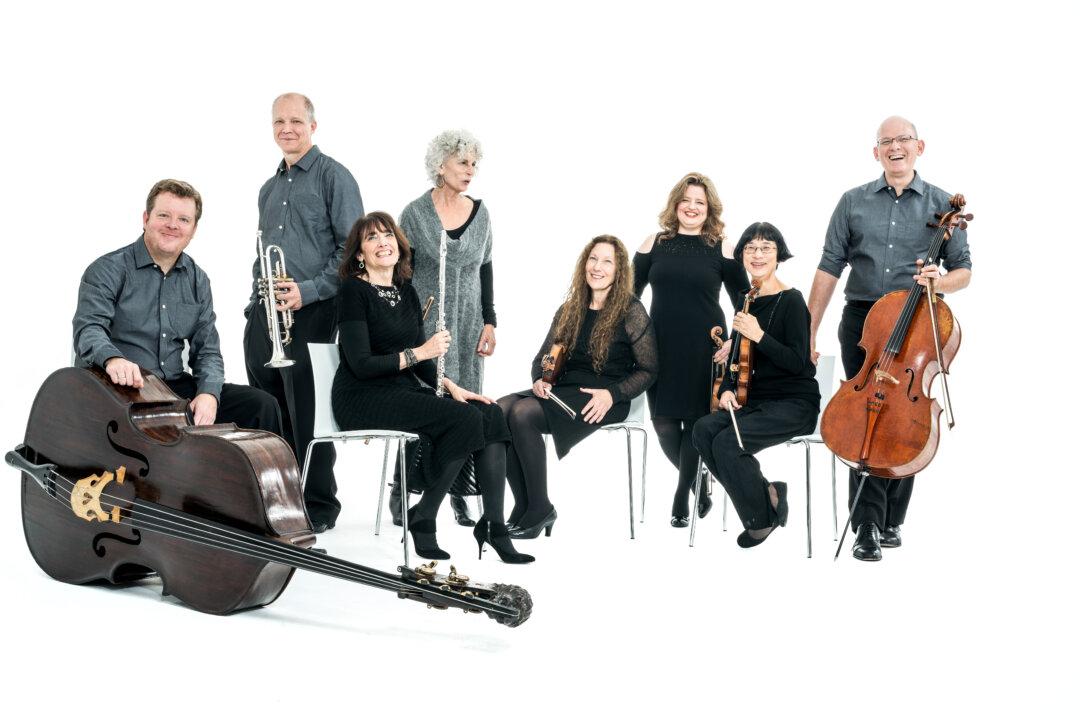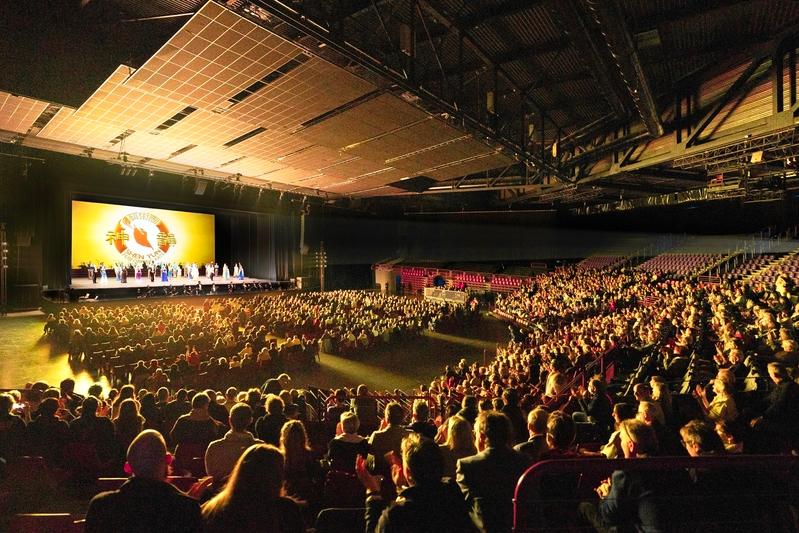Orpheus Chamber Orchestra doesn’t have a single conductor—it has dozens.
The Grammy Award–winning ensemble consists of anywhere between 20 and 40 musicians who each have an equal say in every piece they perform.
During rehearsals this means any of the musicians may be asking, Is this tempo working? What colors do we want to bring out? What kind of breathing room do we want to give this phrase, and what are the musical nuances of that phrase? Well, how about we play it and see?
Then on stage, there is a higher level of physicality than audiences typically see in an orchestra. Section leaders are giving cues, leading with their bodies, the musicians constantly look to each other, while soloists face the audience to project their sound out.
“You‘ll see people playing their hearts out the entire concert,” said Eric Wyrick, one of the three artistic directors of Orpheus. “You’ll see a great physical commitment.”
At the heart of Orpheus, formed in 1972, is a democratic creative process and willingness to collaborate among all colleagues.
This is an ensemble made of musicians who want to have an effect on the end result, to be completely involved in an artistic presentation, and to feel like their voices are heard in the process of bringing a great score to fruition.
Interpreting Together
It starts with the score.
Usually, the musicians in an orchestra work together to bring the conductor’s vision to fruition. The conductor interprets the music and in effect becomes an intermediary between the musicians and the composer, Wyrick said.
In Orpheus, like with a chamber ensemble, there is no such figure to follow, so the musicians all study the full orchestral score.
First, a group of core musicians for the piece—section leaders—hash out a framework for the interpretation. Then at the first rehearsal, it might all change. Anyone can contribute anything at any time.
Up close, there are nuances and details in the playing and interaction between musicians that might never be heard or seen, Wyrick said. So in the rehearsal process, they also have people take a spot in the audience to see what is translating beyond the stage and what needs more enunciation.
“You want to project true from the music directly through to the audience, and you’re the person that can do it, if you have the skills,” Wyrick said.







